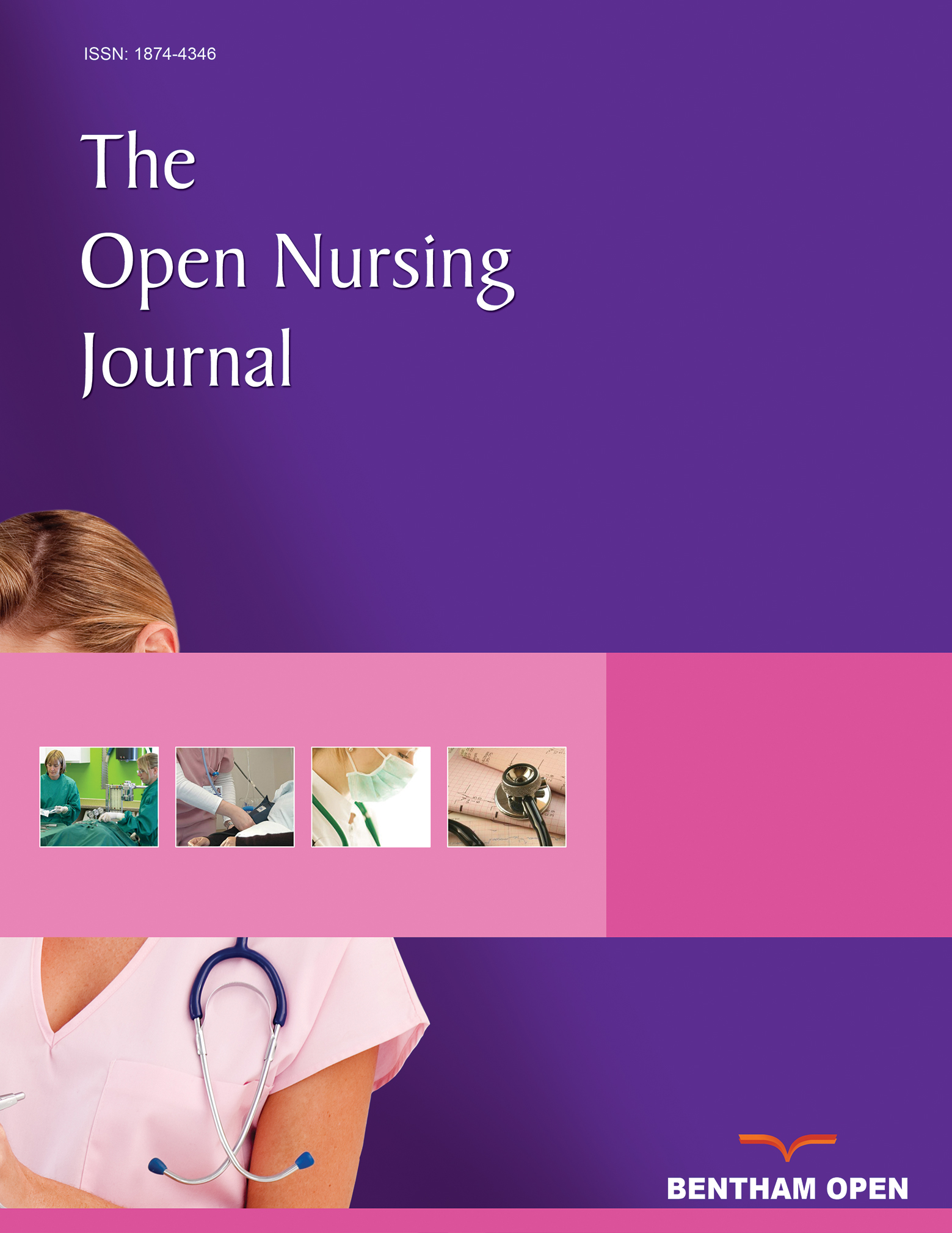All published articles of this journal are available on ScienceDirect.
Post-Operative Pain Management Practices in Patients with Dementia - The Current Situation in Finland
Abstract
The aim of this study is to describe current post-operative pain management practices for patients with dementia and hip fracture in Finland. Older adults with hip fracture are at high risk of under treatment for pain, especially if they also have a cognitive disorder at the stage of dementia. Previous studies have provided limited information about the quality of acute pain treatment for persons with dementia. In this study data concerning current pain management practices was collected by questionnaire from 333 nursing staff. They worked in surgical wards of seven universities and ten city-centre hospitals. The response rate to the questionnaire was 53%. The data was analysed using factor analysis and parametric methods. Half the respondents (53%) considered that post-operative pain management was sufficient for patients with dementia. Less than one third of respondent nurses reported that pain scales were in use on their unit: the most commonly used scale was VAS. The use of pain scales was significantly related to the respondents’ opinion of the sufficiency of post-operative pain management in this patient group (p<0.001). The findings can be utilised in nursing practice and research when planning suitable complementary educational interventions for nursing staff of surgical wards. Further research is needed to explain the current situation of pain management practices from the viewpoint of patients with dementia.


